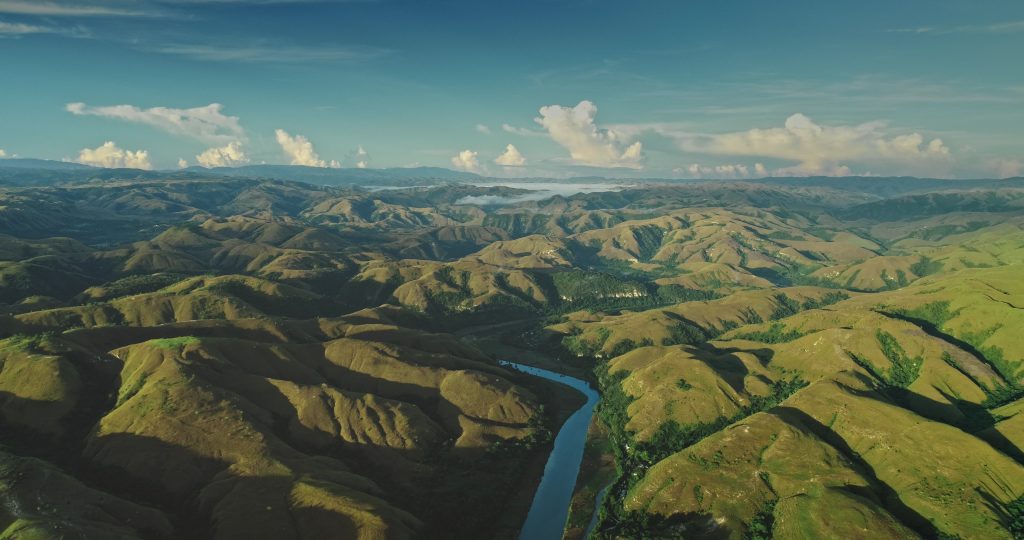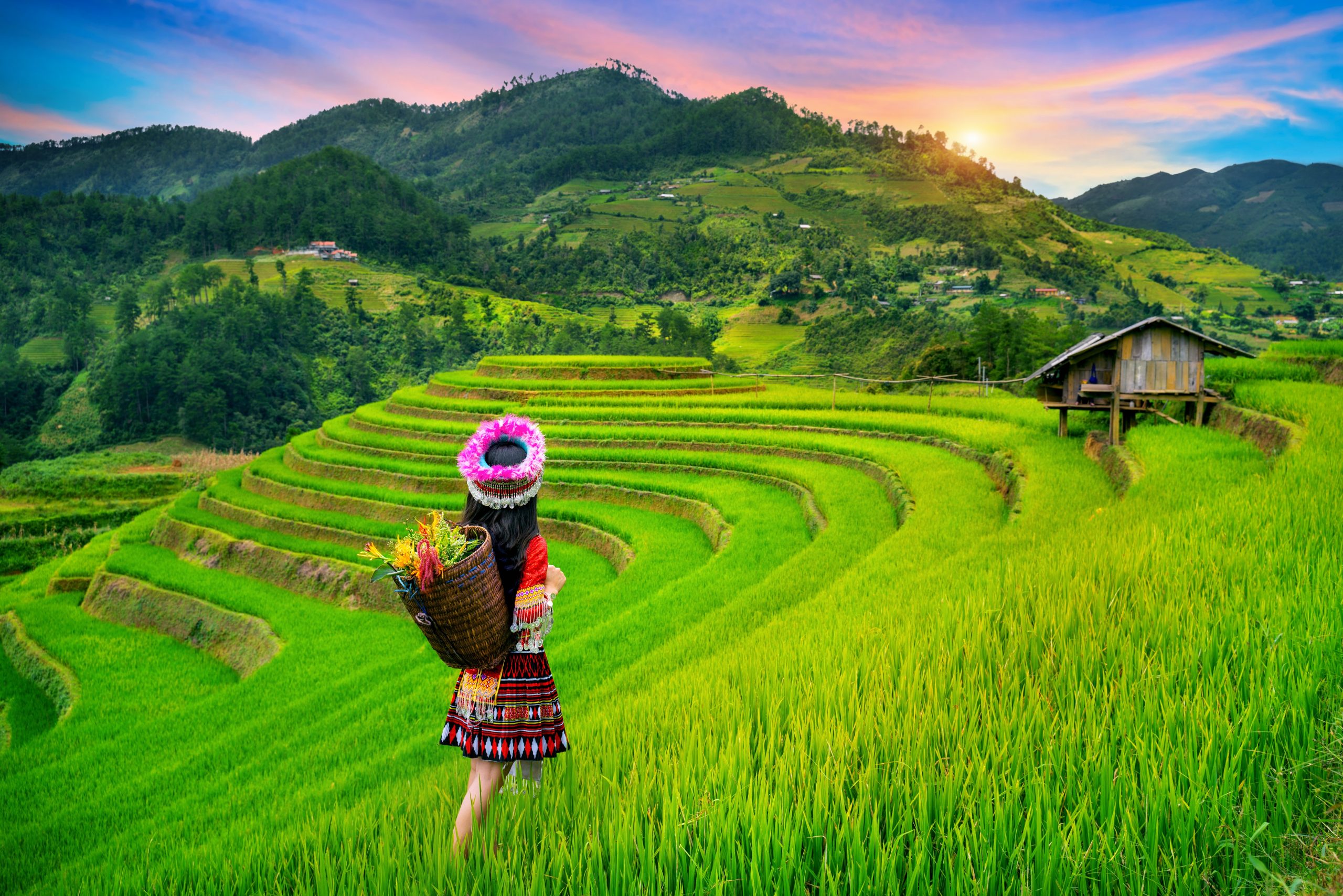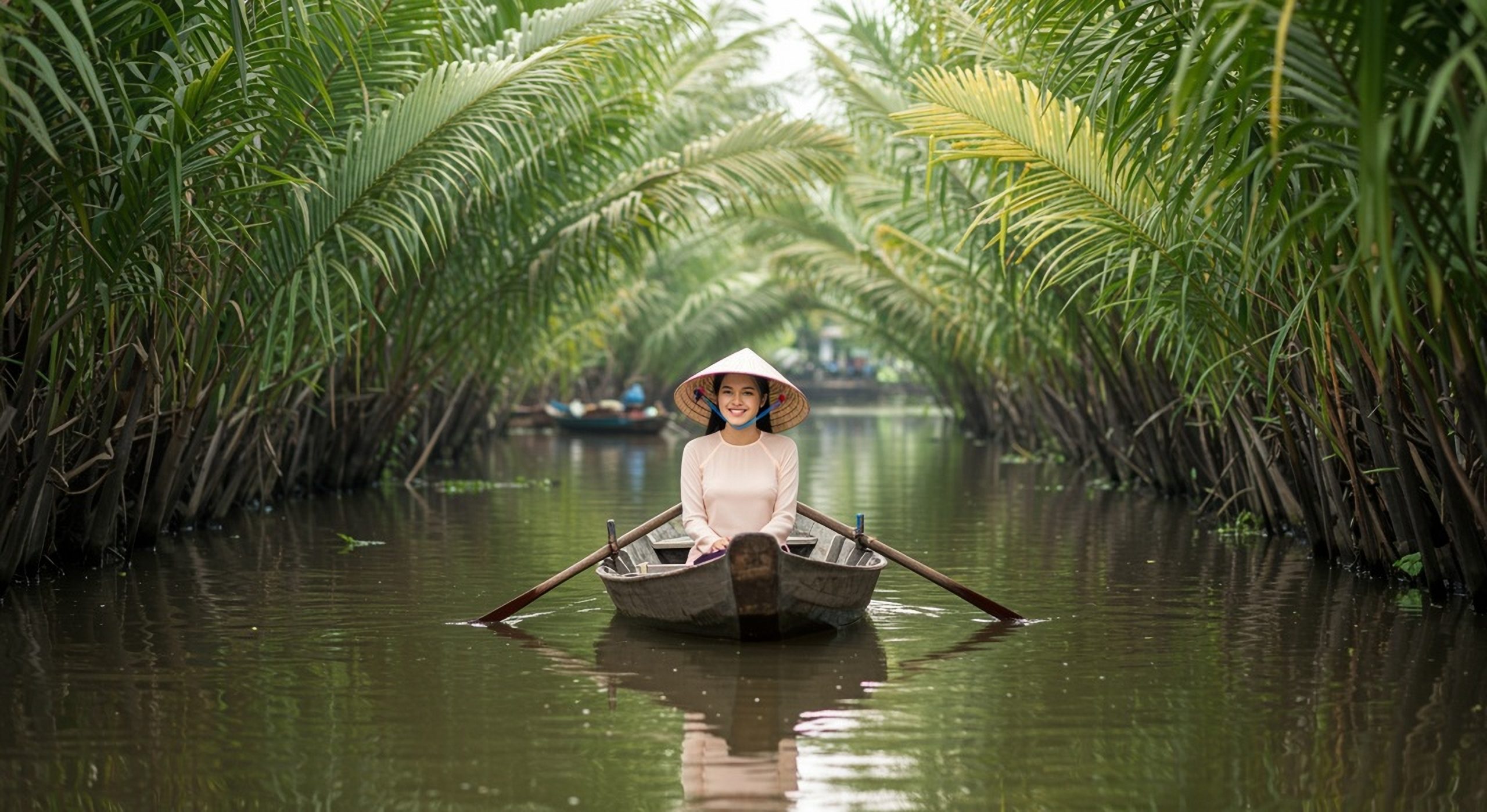
Tucked away in Indonesia’s East Nusa Tenggara province, the island of Sumba has long been one of the archipelago’s best kept secrets. But all that is beginning to change, as Sumba’s reputation grows among international travellers with a taste for exotic experiences off the beaten track. With its fascinating cultural heritage and spectacular landscapes, this island provides a low-key alternative to the more crowded tourism hotpots like Bali, and is quickly becoming one of the hottest new destinations to explore.
Though just a couple of hours’ flight from Bali, Sumba feels like a world away. This sense of difference is best reflected in the ruggedly beautiful landscape. highlights include Tarimbang Bay, known among surfers for its 2–3metre swells; Walakiri Beach, famous for its “dancing trees” that turn into a glowing silhouette at sunset; and Laiwangi Wanggameti National Park, which is home to endemic plant species and rare fauna such as the citron-crested cockatoo and the Sumba flycatcher.
Many communities in Sumba have maintained ancient traditions rooted in the Marapu culture, characterised by ancestral tomb construction and ikat textiles – intricate, geometric motifs that can take months to make and are interwoven with ritual significance. In some locations, visitors are welcomed to watch—or even join—weavers at their looms, to gain a better appreciation of the skills involved in this time-honoured craft.
Although undertourism has been Sumba’s hallmark, upmarket interest is rising. Resorts like Nihi Sumba (previously known as Nihiwatu) blend oceanfront tranquillity with high-end luxury and local engagement. This includes horseback adventures, wellness safaris and cultural immersion in village communities, along with community health and education support through the affiliated Sumba Foundation.
Similarly, boutiques such as Cap Karoso and Maringi combine sustainability-minded design with authentic experiences, often collaborating with organisations like the Sumba Hospitality Foundation to deliver vocational training, health and infrastructure improvements across the island.
With the recent growth in popularity, local operators are keen to preserve Sumba’s character and safeguard its traditional heritage. Community-driven initiatives include reforestation, clean-water access, equitable craft cooperatives and education programmes delivered through the Sumba Hospitality Foundation’s 6C framework (cleanliness, competence, caring, culture, continuity and commerce). These efforts are helping to ensure that tourism remains rooted in regeneration rather than extraction on the island.
From travellers and media to businesses and government, the international tourism sector is increasingly recognising Sumba’s appeal—not just as a resort destination, but as a place where conscientious travellers can enjoy meaningful interactions and impact-positive stays.
Sumba will not be Indonesia’s best kept secret for much longer. This destination breaks the mould of mass tourism by blending ancient heritage, sustainable community growth and unspoilt natural beauty. For forward-looking operators looking to differentiate, Sumba represents an opportunity to place impact, authenticity and premium experience at the heart of their offerings.




